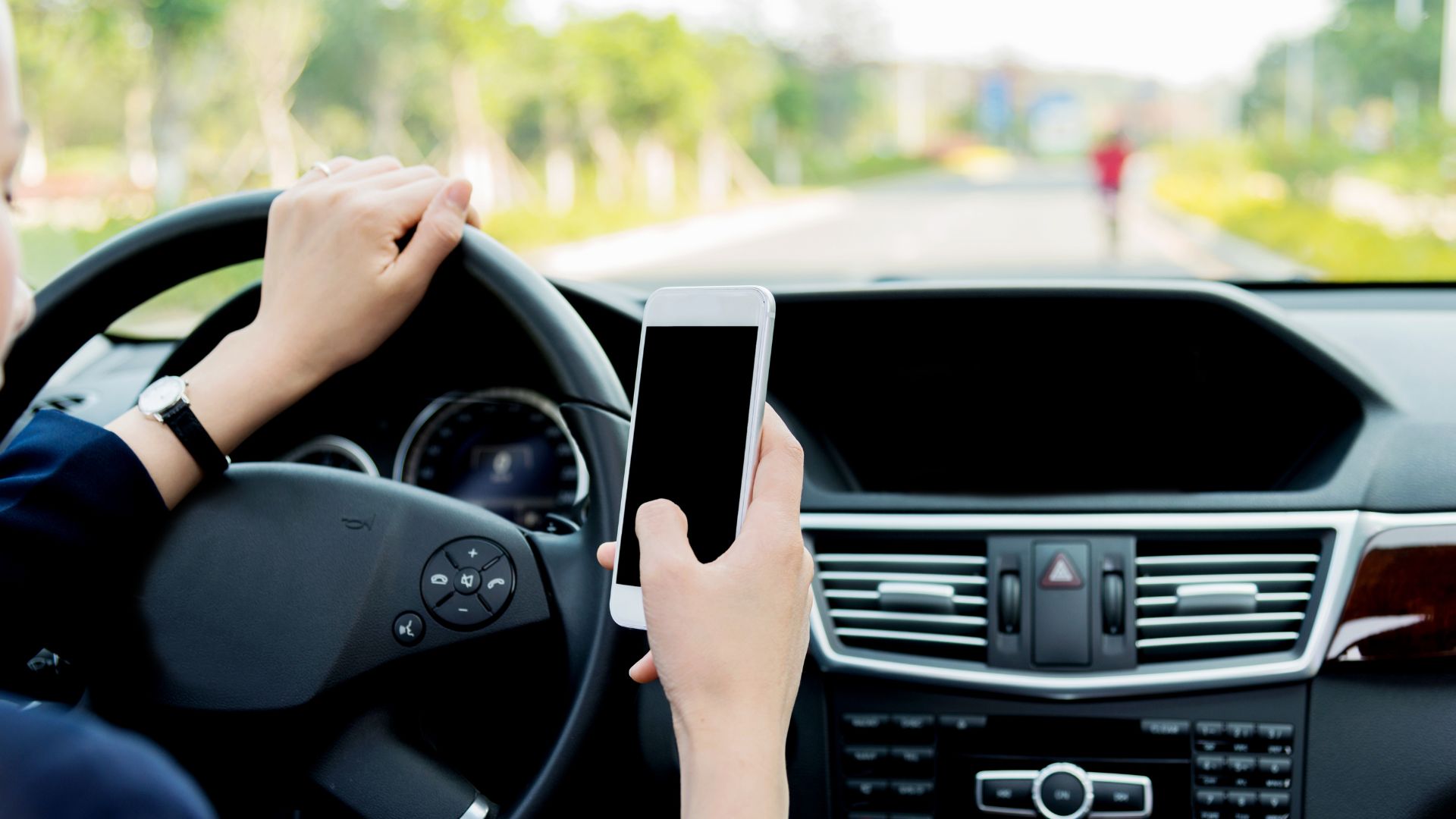
April is Distracted Driving Awareness Month
Distracted driving is defined by the National Highway Traffic and Safety Administration as “any activity that diverts attention from driving.”
Each year, over 300,000 people in the United States are injured or killed in motor vehicle crashes involving distracted drivers. According to the CDC, an average of nine people lose their lives every day in crashes linked to driver distraction.
In Massachusetts, over the past 4 years, more than 17,000 crashes occurred that involved a distracted driver.
Not all victims of motor vehicle crashes are inside the vehicle. Pedestrians and bicyclists are also at risk, often injured or killed when distracted drivers fail to see them.
Distracted driving is a very common—but preventable—cause of accidents.
Distracted driving can take many forms. Some are obvious, others you might not even think about.
To help better educate, below is a breakdown of the 3 main types of distracted driving.
Types of Distracted Driving
Manual
Manual distracted driving is anything that causes the driver to take their hands off the wheel.
Examples of manual distractions are:
- Eating or drinking
- Smoking
- Searching for items that fell under the seat
- Adjusting controls, such as radio, temperature or other car features
- Reaching for items in the back seat
Cognitive
Cognitive distracted driving is anything that takes a driver’s mind off of driving and the road.
Examples of cognitive distractions are:
- Talking to other passengers
- Road rage
- Listening to podcasts or music
- Driving under the influence
- Daydreaming
- Tiredness
Visual
Visual distracted driving is anything that takes the driver’s eyes off the road.
Examples of visual distractions are:
- Adjusting controls, such as radio, temperature or other car features
- Looking at or attending to passengers in the car
- Looking in the mirror/applying makeup
- External visuals, such as billboards, other vehicles, or events going on outside
The number one overall driving distraction is cell phone use.
Drivers typically look at their cell phones for at least 5 seconds. Going 55mph that would mean they’d drive a length of an entire football field without looking.
The National Highway Traffic Safety Administration found that drivers who text while driving are 2.54 times more likely to be in a crash.
In Massachusetts, the Massachusetts Safe Driving Law bans “sending, typing or reading electronic messages to or from handheld devices while operating a motor vehicle.” Therefore, not only are you putting yourself and others at risk if you use your phone while driving – you are also breaking the law.
If you engage in an activity that takes your eyes, hands or attention away from the road, you are distracted driving.
Don’t put yourself and others at risk.
Avoid distractions and drive safely.
Sources:
Mass.gov
NSC
The Patriot Ledger
NHTSA
Traffic Safety Marketing
WWLP
